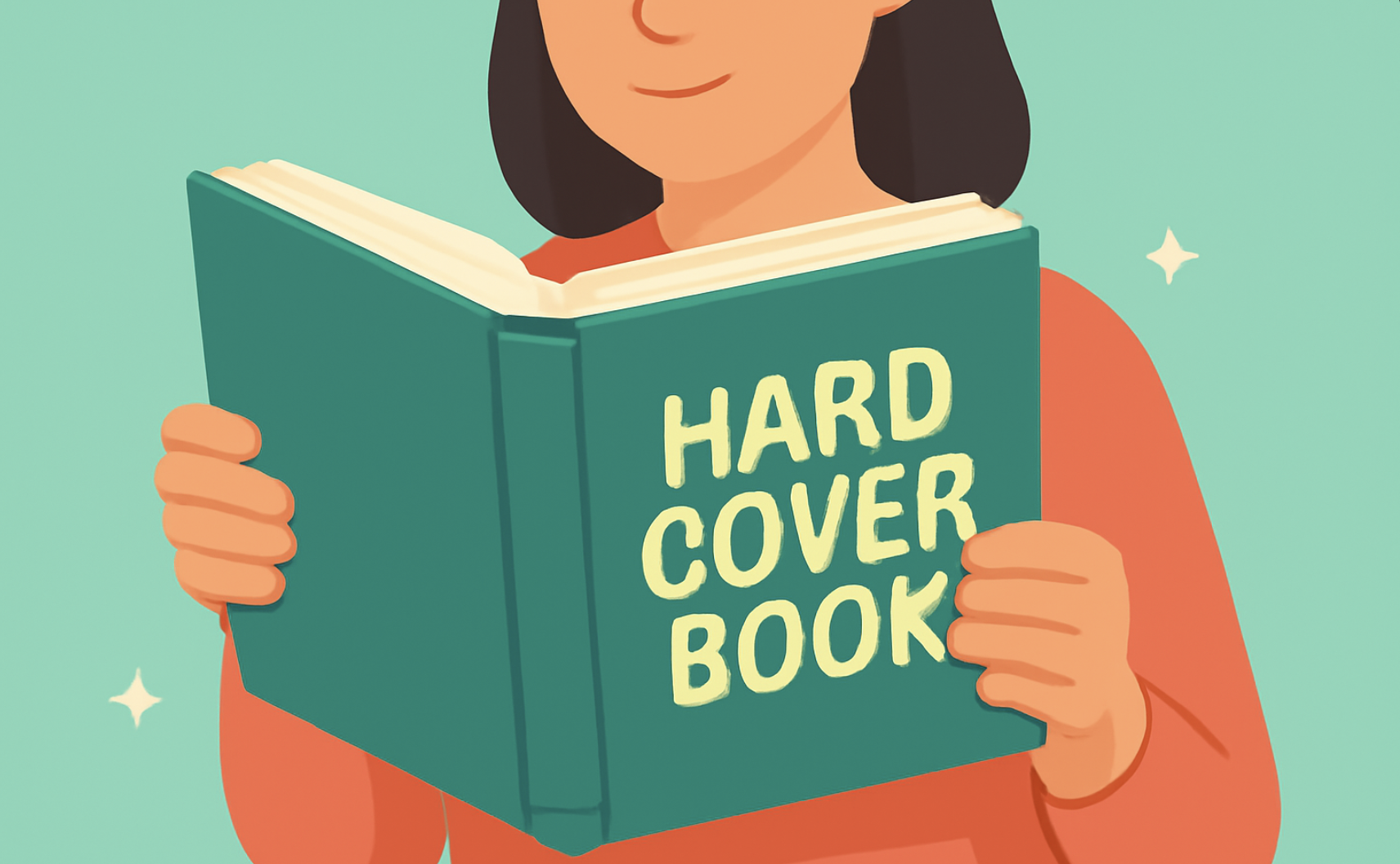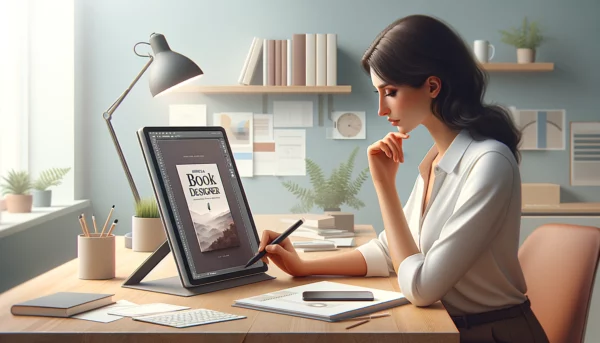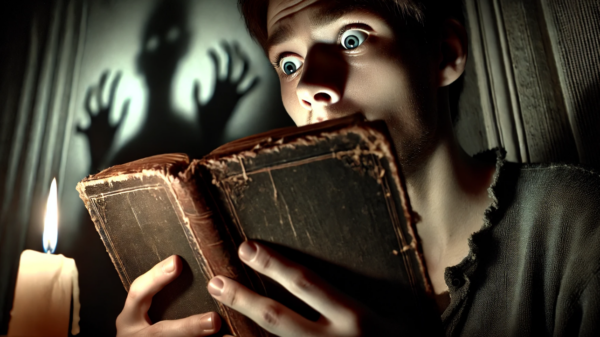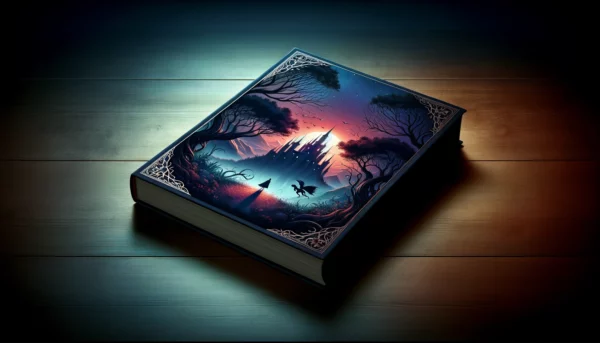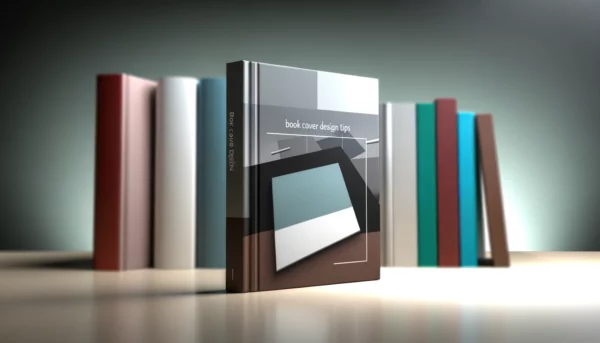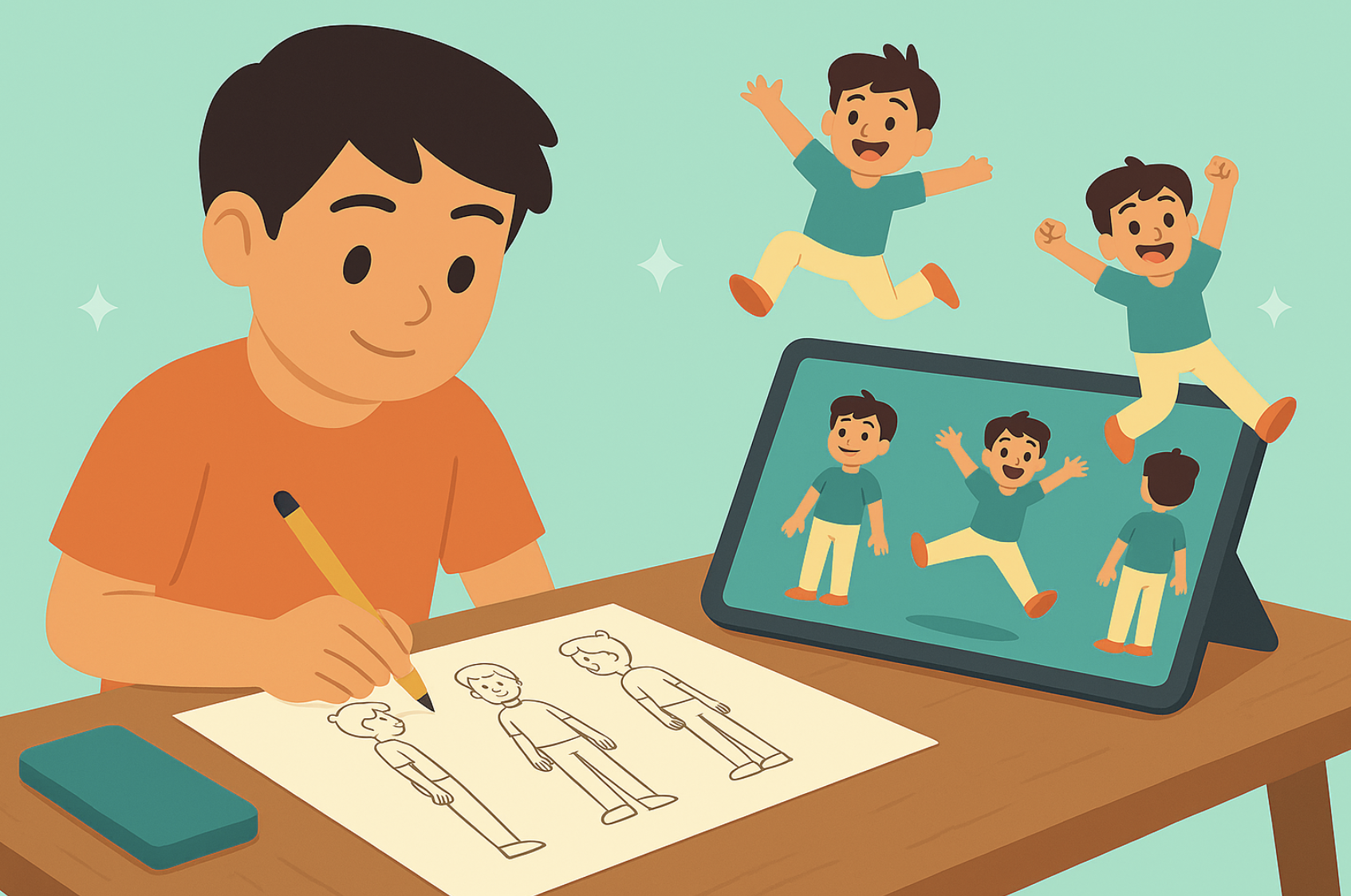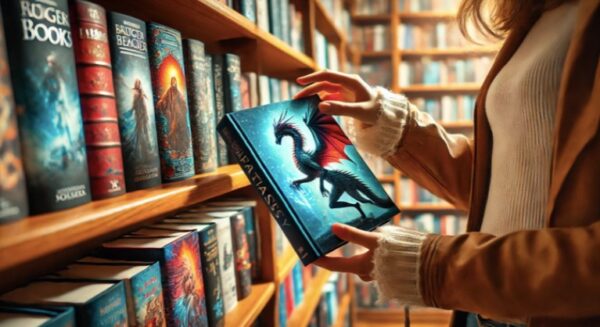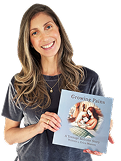Some books aren’t just read, they arrive. A hardcover book feels like a little piece of architecture: rigid boards, crisp edges, and a spine that stands at attention long after paperbacks give up the slouch. It signals durability, a touch of prestige, and serious shelf appeal (the kind that whispers, “yes, I do read” to anyone passing your bookcase). And yes, we’re pro–endpapers; those hidden color swatches deserve fan clubs.
In this no-jargon tour, we’ll zip through the main types of hardcover books and help you pick what actually fits your project, whether you’re crafting a giftable novel, a kid-proof picture book, or a photo-heavy showpiece. Expect clear pros and cons, real-world use cases, and just enough wit to keep the pages turning.
What Is a Hardcover Book?
Think of a hardcover as a book wearing armor. Under the pretty exterior are rigid boards (the “hard” part), wrapped in a case (cloth, paper-over-board, or printed), and secured with sturdy binding, often sewn signatures that lie flatter and last longer. That construction answers the classic “what is hardcover” question: it’s a tougher build designed for durability, presentation, and repeated handling.
So, what is a hardcover book compared to a paperback? Paperbacks use flexible covers and often glue-only binding, which keeps costs low but wears faster. Hardcovers cost more because materials are thicker, the case is more complex, and the binding methods take extra steps (and quality control). The payoff: longevity, display-worthy presence, and better protection for heavy use: libraries, coffee tables, classrooms, and any shelf that takes pride in its lineup.
Your Publishing Journey Awaits – Start NowHardcover Anatomy 101: Boards, Case, Spine, Endpapers
Before we sprint through formats, a quick anatomy tour will keep our jargon in check. Think of a hardcover like a tiny machine: a few sturdy parts working together to protect the story. Here’s a bite-sized glossary to decode the bits you’ll see mentioned in the sections ahead.
- Boards: the rigid sheets that give the book its shape.
- Case: the wrapped exterior (cloth, paper-over-board, or printed case) attached to the boards.
- Spine: the narrow edge where pages are joined; home to title and imprint.
- Endpapers: the decorative/functional sheets linking the text block to the case.
- Headbands: tiny decorative bands at spine ends—no, not hair accessories.
- Dust jacket: removable paper cover with flaps for copy and protection.
- Smyth-sewn: signatures stitched for strength and lay-flat finesse.
- Perfect-bound: pages glued at the spine—faster, cheaper, less durable than a true hardcover.
Case Wrap (aka Printed Case): The All-Over Artwork Option
Case wrap is the “no jacket required” look: your artwork is printed directly on the case and sealed with a protective laminate. No flaps to crease, no jacket to lose, just a bold, edge-to-edge design that survives backpacks and busy kitchens. It’s a favorite among types of hardcover books that need daily durability and clear branding.
Best for: workbooks, textbooks, brand-led nonfiction, and cookbooks (wipe-friendly covers for splashy recipes).
Pros: rugged, kid-and-campus proof; cheaper than cloth + jacket; consistent shelf presence; ideal for print-on-demand and school orders.
Cons: scuffs show on darker matte finishes; less “gift-y” than clothbound with a dust jacket; limited space for flap copy (you’ll move that text inside).
If you want maximum utility with strong visual impact, case wrap is the pragmatic, punchy choice, like a billboard with a bookshelf degree.

Clothbound with Dust Jacket: The Classic Bookstore Look
Clothbound with a dust jacket is the tuxedo of hardbacks: a textured cloth (or linen) case beneath a removable, full-color jacket with flaps for blurbs and pricing. You get tactile elegance on the shelf and marketing real estate on the jacket: form meeting function with a wink. Among the types of hardcover books, this is the undisputed “bookstore classic.”
Best for: front-list fiction, gift editions, and prestige nonfiction: anything that benefits from ceremony at the point of sale.
Pros: premium feel; jacket protects the cloth and can be swapped or reprinted; flaps add space for copy and endorsements; strong perceived value.
Cons: higher unit cost; jackets can tear or wander off; cloth can stain if unlaminated; slightly heavier for shipping.
If you want instant “keeper” energy and a launch-day glow, a cloth + jacket is your red-carpet option.
Paper-over-Board (Imagewrap): Color, Texture, and Kid-Proofing
Paper-over-board (also known as imagewrap) is a vibrant, full-color cover printed directly onto laminated boards. With a smooth, glossy, or matte finish, this type of cover brings bold visuals to life; perfect for capturing attention on the shelf. Among the different types of hardcover books, it’s a go-to for titles aimed at younger readers or books that rely heavily on imagery.
Best for: children’s books, photo-heavy titles, and art books.
Pros: vibrant, attention-grabbing cover; highly customizable.
Cons: corners can wear down quickly, especially with heavy handling.
Ideal for creating a lasting impression, this option keeps things bright, bold, and beautifully tactile: perfect for those high-impact images.
Binding (Smyth-Sewn Tanks): Built for Endless Circulation
Library binding is the heavyweight champion of hardcovers, designed to withstand endless circulation in libraries and classrooms. Reinforced boards, tough fabric or laminate covers, and Smyth-sewn signatures (where pages are stitched together for extra durability) make this format virtually indestructible. If you’re creating a hardcover book for long-term use, this is the go-to choice.
Best for: libraries, schools, reference books, and archival nonfiction.
Pros: built to last, even with heavy handling; great for high-use environments; maintains structural integrity over time.
Cons: pricier than standard hardcovers; heavier shipping due to added durability; not as sleek as other options.
Library binding ensures your book has a long life, even if it’s checked out more than your phone charger.
Layflat & Photo-Book Hardcovers: Edge-to-Edge Impact
Layflat and photo-book hardcovers are the gold standard for visually stunning, edge-to-edge design. These books feature special binding that allows them to open completely flat, perfect for panoramic spreads or large-format images. Whether it’s a breathtaking photograph or a meticulously designed recipe, these books are meant to showcase visuals without interruption.
Best for: photography books, cookbooks, art monographs, and coffee table collections.
Pros: unparalleled visual impact, ideal for full-spread images; smooth, uninterrupted pages.
Cons: higher production costs; bulkier format can drive up shipping and pricing.
If your book is about creating a visual experience, a layflat binding lets every image breathe freely.
Premium & Specialty Hardcovers: Leather, Quarter-Bound, Foil, Deboss
Premium and specialty hardcovers take luxury to the next level, with finishes like genuine or synthetic leather, quarter or half bindings, and sleek foil or debossing. You might also encounter sprayed edges or ribbon markers for that extra touch of elegance. These options are all about elevating the experience and making the book feel like a collectible.
Best for: gift editions, limited runs, and brand-building books.
Pros: adds a premium, tactile experience; perfect for high-end markets or special editions.
Cons: significantly higher production costs; best for niche markets, not mass distribution.
If you want your book to feel as luxe as it reads, these specialty hardcovers are worth the splurge.

Which Type Fits Your Title? Genre-by-Genre Picks
Choosing the right hardcover type depends on your genre and audience. Here’s a quick guide to help you pick the perfect fit from the types of hardcover books:
- Fiction: Go for clothbound with a dust jacket for that classic, bookstore-ready appeal.
- Nonfiction/Business: Case wrap or cloth + jacket works best, depending on your brand’s need for polish and professionalism.
- Children’s Books: Opt for paper-over-board or case wrap for durability (they’re made to survive the toughest readers).
- Cookbooks/Art/Photo Books: Layflat bindings or image-heavy case wraps let your visuals shine.
- Education/Library: Smyth-sewn library binding or rugged case wrap will ensure your book can endure years of heavy use.
Each option offers its own balance of durability, design, and purpose: pick the one that aligns with your goals and audience!
Costs, Durability & Distribution: The Real-World Trade-Offs
When choosing a hardcover book format, it’s essential to balance costs, durability, and distribution. Larger print runs lower the unit cost, but smaller runs (like for limited editions) drive up production prices. Shipping weight also plays a role: heavier books cost more to ship and can impact retail pricing.
Durability is key for library-bound editions, which are built for circulation, while retail-ready gloss finishes offer that polished look but might not hold up under heavy use. Print-on-demand (POD) options are available for many hardcover types, allowing flexibility in small runs, but often at a higher per-unit cost. Consider these trade-offs when selecting the best hardcover for your project’s needs.
Quick Comparison Cheat Sheet
- Case Wrap: Matte/gloss finish, durable, lower cost, best for workbooks, POD. Jacket? No
- Cloth + Jacket: Premium feel, durable, higher cost, best for fiction, gift editions. Jacket? Yes
- Paper-over-Board: Vibrant, durable, mid-range cost, best for children’s books, photo-heavy titles. Jacket? No
- Library Binding: Tough, highly durable, expensive, best for libraries, reference. Jacket? No
- Layflat: Stunning visual impact, premium cost, best for photography/art. Jacket? No
Judge This Book by Its Cover (Go Make One)
Now that you’re equipped with all the essentials on different hardcover types, it’s time to choose the one that best fits your project and budget. Whether you’re aiming for the timeless elegance of a cloth-bound book or the durability of a case wrap for kids, there’s a perfect option for every title. Remember, the right cover isn’t just about protection, it’s about making an impression. Ready to bring your vision to life? Explore your options, weigh your needs, and let’s work together to create a hardcover that truly reflects your story.
FAQs: Types of Hardcover Books
Q1: How many types of book covers are there?
There are several types of book covers, but the main categories are hardcover, paperback (softcover), and specialty finishes like clothbound, imagewrap, and library binding. Each type serves a different purpose, depending on the durability, look, and feel you want for your book. The options vary from standard hardcovers with dust jackets to premium finishes like leather and foil.
Q2: Is casebound the same as hardback?
Yes, casebound is essentially another term for hardback. Both refer to books with a rigid, hard cover, typically made of boards, and often wrapped in a cloth or paper case. The binding is usually sewn or glued, giving the book its sturdy, durable quality. The terms are interchangeable in the publishing world.
Q3: What is a demi hardback book?
A demi hardback, also known as a “half-bound” book, features a hardcover spine with a soft cover for the rest of the book. The spine is usually cloth or leather, while the rest of the cover is made of a lighter material, such as paper. This style is commonly used for limited editions or special printings, offering a balance between durability and cost.
Q4: Are hardcover and hardback the same?
Yes, hardcover and hardback are the same. Both terms describe a book with a rigid cover made from thick boards, often wrapped in cloth, paper, or leather, and typically bound with either sewing or gluing. “Hardback” is more commonly used in the UK, while “hardcover” is more widely used in the US.
Q5: What is the difference between a hardcover and a softcover?
The primary difference between a hardcover and a softcover is the cover material. A hardcover book has a rigid, durable cover made from thick boards, offering better protection and a more premium look. A softcover (or paperback) is made from flexible paper, making it lighter and more affordable but less durable.
Q6: What is the best type of hardcover for a children’s book?
For children’s books, paper-over-board or case wrap is often the best choice. These formats are durable enough to withstand the rough handling typical of young readers. Paper-over-board books, with their colorful, sturdy covers, are particularly popular because they’re both vibrant and resistant to wear and tear. Case wrap books offer a similar level of durability, with the artwork printed directly on the cover—perfect for eye-catching designs.
